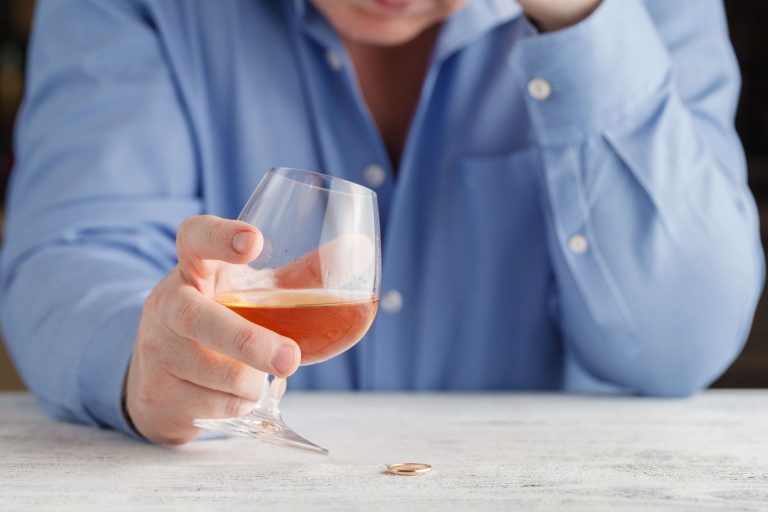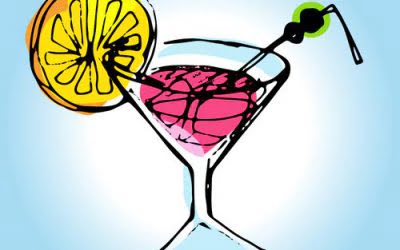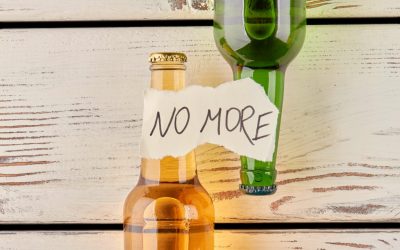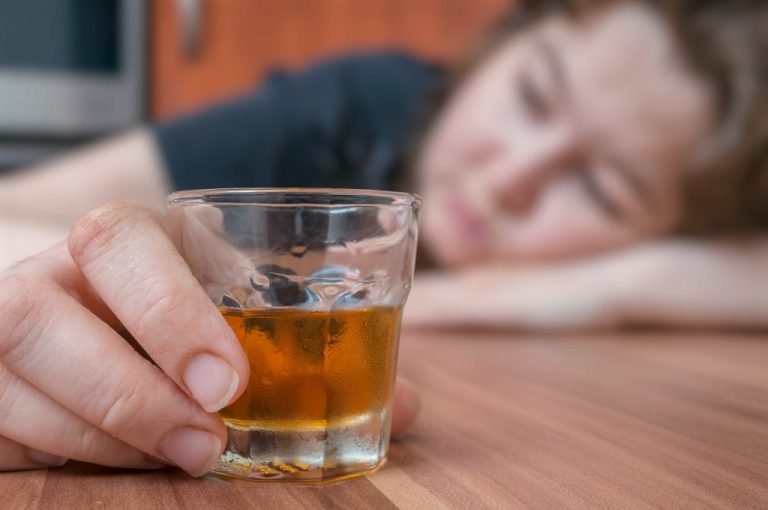It was early 2015 when I told him I loved him, I would always love him, but I was no longer in love with him. As we shifted the sobriety count from days to weeks and, later, months, we became more in tune with one another, but we were still two strangers living apart. Partners must interact with one another to create the changes they want and will encounter in their marriage. Here are different kinds of interactive processes they can use to manage these changes. So now I’m sober, and I have zero choice but to be me in all situations. If people press that response, I’ll either stare at them and hold an uncomfortable silence (this is enjoyable at some point), or just change the subject.

Alcohol detox may not take as long or produce severe withdrawal symptoms, but it is still an essential beginning to your recovery. Recovery is an incredibly difficult time and is often accompanied by feelings of shame and depression. Choosing to enter into recovery is a brave decision and staying committed to it takes a lot of dedication. It may sound simple, but letting your partner know how proud of them you are and how much you appreciate their efforts can go a long way.
Our Accreditations, Certifications & Partnerships
These codependent people take care of their partners that live with a condition. By setting the right expectations and considering treatment for yourself, you can overcome addiction together with your partner. David Beasley is a compassionate leader and the visionary founder of Design for Recovery Sober Living Homes, where he dedicates his life to helping individuals reclaim their lives from addiction. Respect your partner’s sobriety by avoiding going to places that may trigger alcohol cravings. Do not tempt them with alcohol or show them you are enjoying it yourself. It may feel like self-limiting, but if you share the same goals, this will be easier to follow.
That epiphany led to therapy, daily walks in the woods, a new name, and, ultimately, the Disarmers’ new album, “Revelations,” due March 29. A stirring country-rock record that two-steps between Waxahatchee’s incisive beauties and Tom Petty’s winking classics, “Revelations” is the work of a songwriter relishing https://ecosoberhouse.com/ newfound clarity and confidence. After a tumultuous childhood in an ultraconservative family, River Shook finally heard country music at 23. Spend more time hugging your partner or giving a comforting touch. Instead of arguing, listen to your partner and express when you agree with something they have said.
Addiction and Memory Loss
Those questions haunted me for a long time as Bill struggled to reconnect with his emotions. He often expressed how he felt foggy and resented how it impacted our physical intimacy. The combination of these effects shattered his self-esteem.
- Addiction to drugs or alcohol is often experienced by one partner in a marriage.
- People confronting their addiction are likely feeling a lot of guilt or shame already.
- We would save our marriage because he finally had a desire to save himself.
- This will set you up for success and avoid future pain and conflict.
- It may sound simple, but letting your partner know how proud of them you are and how much you appreciate their efforts can go a long way.
I’d argue that many of us gravitated to a group of friends who have drinking habits that align with our own, and we did this because we didn’t want sober friends. While making the decision to be sober was the best thing I’ve ever done, it’s also one of the hardest. Not only because not drinking is hard, but also because we live in a society where most everyone around us drinks. The life I had before I quit drinking was a lot like Groundhog Day; I was always waiting for it to begin and always reliving the same stuff, day after day, year after year.
Rebuilding Not Resurrecting
When couples first contact me for help with their marriage, they typically feel distressed—even hopeless—about their relationship. If they can look back and remember good times that occurred earlier in their partnership, however, that usually signals that the marriage can be saved. marriage changes after sobriety In fact, this kind of marriage still has the potential to become exactly the kind of partnership the couple had hoped for when they said, « I do. » He was now spending evenings at AA, filling his “drinking time” with “meeting times,” still leaving me alone with a toddler.
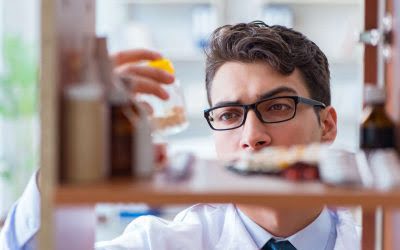
It’s been over six years since I first started seriously questioning my relationship with alcohol and considered a life without it. That’s six hard, beautiful, glorious years during which I not only stopped drinking, but also finally moved on from all recreational drugs as well as a history of bulimia. Many patients don’t realize the toxicity of prolonged alcohol abuse and how it affects the body. Alcohol detox at the luxurious rehab addiction centers at Gratitude Lodge leeches your body of these toxins in preparation for successful treatment for drugs and alcohol abuse.
Ready to Get Started?
Couples counseling can create a safe space to air out feelings and emotions and set concrete relationship goals to move forward. Each spouse should also be attending 12-step support groups. The clear lines of communication spouses established during those early years of sobriety have borne fruit.
- Instead of addressing the problems you have with their particular behavior and how it impacts you, you question their personality and values.
- Factors such as infidelity, midlife crises, and financial differences can test even the strongest unions, but how you communicate with your partner can be just as important.

